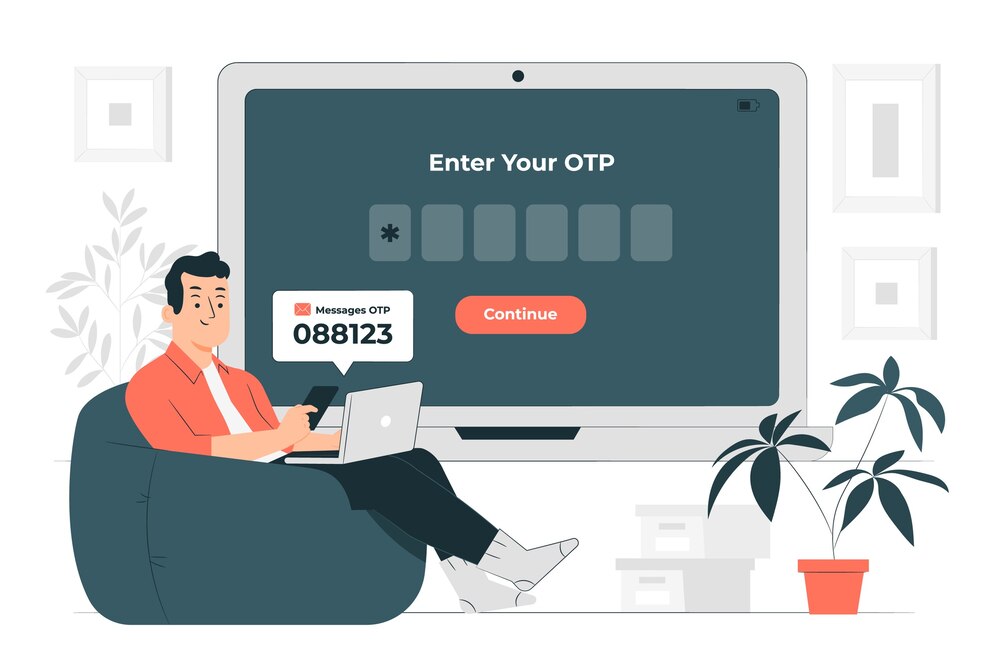OTP full form: One-Time Password

Safeguarding Digital Interactions: OTP Full Form and Its Crucial Role
In the era of digital communication and online transactions, acronyms often stand as guardians of security, ensuring that our interactions remain private and protected. The acronym OTP, a common term in cybersecurity, embodies a critical layer of defense against unauthorized access and fraud. The full form of OTP is “One-Time Password.” In this article, we will delve into the OTP full form, explore its significance in safeguarding digital interactions, and uncover how it has become an essential tool for securing our online presence.
Decoding the Full Form: One-Time Password (OTP)
The acronym OTP stands for “One-Time Password.” It is a unique alphanumeric code generated for a single use, providing an additional layer of security for digital transactions and authentication.
The Role of OTP in Cybersecurity
- Two-Factor Authentication (2FA): OTP is often used as a component of 2FA, requiring users to provide both a traditional password and a one-time password for access.
- Secure Transactions: OTPs are commonly used during online banking, shopping, and other transactions to prevent unauthorized access and fraudulent activities.
Key Aspects of One-Time Password
- Temporary Nature: OTPs are valid for a limited time and can only be used once, reducing the risk of interception and misuse.
- Random Generation: OTPs are generated using algorithms that ensure each code is unpredictable and unique.
- Secure Delivery: OTPs can be delivered via SMS, email, mobile apps, or hardware tokens, adding an extra layer of security.
OTP Implementation in Different Scenarios
- Online Banking: OTPs ensure that only authorized users can access their bank accounts and perform transactions.
- Email Verification: OTPs validate user identities during email sign-ins or account recovery processes.
Challenges and Considerations
- Delivery Methods: Secure delivery of OTPs is crucial to prevent interception by malicious actors.
- User Convenience: While OTPs enhance security, they can sometimes be perceived as an inconvenience by users.
Future Trends in OTP and Authentication
- Biometric Integration: OTPs could be combined with biometric authentication, enhancing security through fingerprint or facial recognition.
- Advanced Algorithms: Ongoing advancements in encryption and algorithms will continue to make OTPs more secure.
Conclusion
The OTP full form – One-Time Password – symbolizes the digital key to fortified online interactions. From securing financial transactions to protecting personal information, OTPs play a pivotal role in preventing unauthorized access and safeguarding user identities. As technology evolves and cyber threats become more sophisticated, the importance of OTPs in maintaining the integrity of our digital lives will only grow. With a one-time password acting as a digital sentry, we can navigate the online world with greater confidence, knowing that our digital interactions remain confidential and secure.